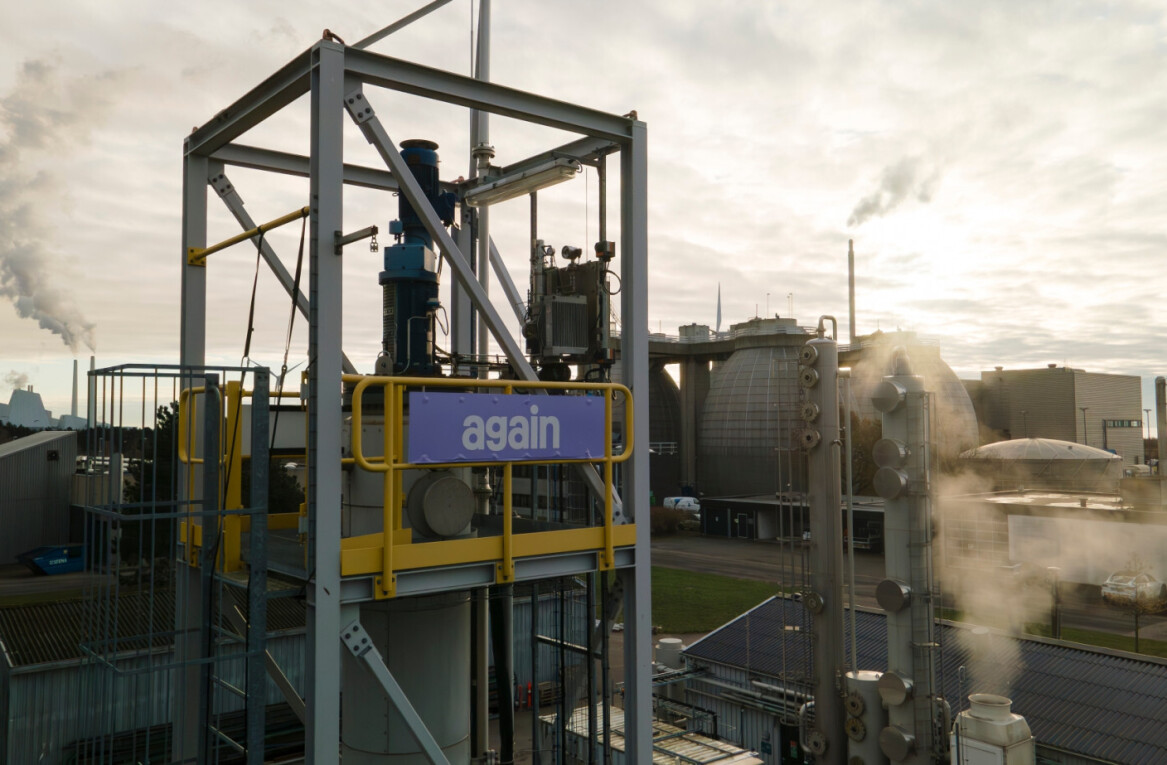
Amsterdam-based startup CarbonX has secured €4mn to industrialise a new anode material that could help Europe reduce its reliance on China for graphite, a substance which makes up half the weight of a typical lithium-ion battery.
Netherlands-based VC Energy Transition Fund Rotterdam led the round. It’s an extension on CarbonX’s €10mn capital injection announced in February, capping off the funding round at a cosy €14mn.
Graphite is the go-to material for lithium-ion battery anodes, which is the negative electrode responsible for storing and releasing electrons during the charging and discharging process. Its found in batteries that power everything from EVs to smartphones.
The EU imports almost 100% of its graphite from China, which recently imposed restrictions on exports of the carbon-based material amid rising political tensions between Bejing and the West.
“A resilient battery supply chain is crucial for global electrification,” said CarbonX’s co-founder Rutger van Raalten. “Yet, we don’t see sufficient alternatives for locally sourcing critical raw materials such as graphite.”
CarbonX wants to offer European and American battery makers a way to source a graphite alternative that is not just locally-made, but greener and better performing.
Spun out from Delft University of Technology in 2014, the company has developed an “emulsion feedstock” technology that takes carbon black — a fine, black powder made mostly of pure carbon — and processes it into a material with a complex 3D porous structure.
Similar to graphite, this hexagonal formation creates spaces where lithium ions can insert themselves during charging. However, CarbonX says that its material has even more little crevices for the lithium ions to hide. That equals faster charging and longer-lasting batteries.
“CarbonX’s unique 3D porous network structure improves electron and lithium-ion transfer, while it is still highly compressible to achieve high energy densities,” explained Daniela Sordi, CTO and co-founder of CarbonX.
CarbonX’s feedstock technology purportedly consumes much less energy compared to synthetic or natural graphite production. This equals lower costs and less carbon emissions, it said.
The company’s carbon anode material is currently undergoing “late-stage qualifications” with “several top 10 global battery cell manufacturers.” It expects to secure its first offtake agreements halfway into 2025.
Graphite demand is expected to rise by 20-25 times between 2020 to 2040, according to the International Energy Agency (IEA). To cater to this “enormous market pull,” CarbonX plans to scale up quickly.
CarbonX is currently planning its first high-capacity facility at an existing carbon black factory in the Port of Rotterdam. Its tech can “plug-in” to existing carbon black factories, using their current equipment, so there’s no need to build new plants.
The company is also undergoing a feasibility study for a 20,000 ton per annum production line in both Europe and US, it said.
“The founders of CarbonX found an answer to the developing Chinese export ban on graphite,” commented Jesse In ‘t Velt, investment manager of Energy Transition Fund Rotterdam.
Get the TNW newsletter
Get the most important tech news in your inbox each week.




